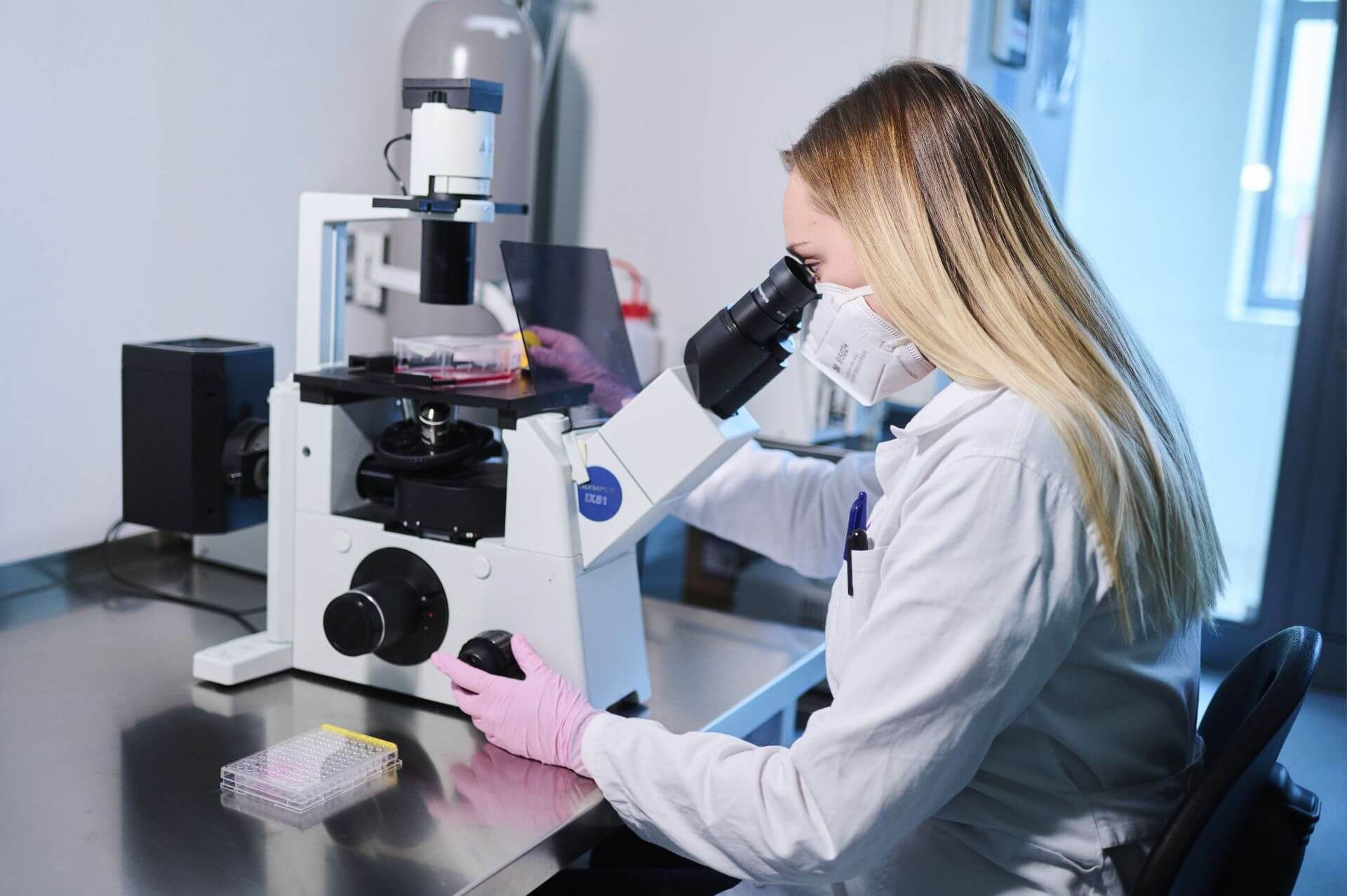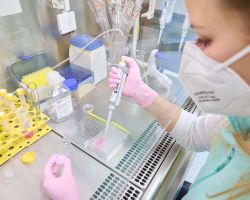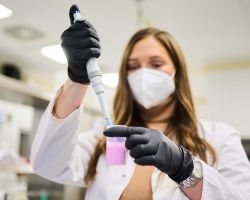How titanium dioxide particles act in human body
What is the fate of titanium dioxide (TiO2) nanoparticles, used for example in cosmetics, when they enter the human body? This is the question that a team of scientists from the Centre for Polymer Systems and the Faculty of Technology of Tomas Bata University in Zlín is trying to answer.
Referred to as titanium white, titanium dioxide (TiO2) has a wide range of applications as pigment for sunscreens, kinds of toothpaste and decorative cosmetics. It is also a food ingredient, although its use in foodstuffs is currently restricted by EU legislation. However, what happens to nanoparticles when they come into contact with the physiological conditions of the human body has not been sufficiently described.
“At the beginning of our work, we asked ourselves a fundamental question of what happens to particles when they come into contact with body fluids. If you take them and leave them in demineralised water, they are likely to behave differently than if you put them in saliva, gastric/pancreatic juice or blood plasma,” explains Eva Korábková, a student at the Centre for Polymer Systems who is involved in the research.
When titanium white particles enter a body fluid, they combine and change their initial size and, consequently, properties. “The particles begin to make clusters and aggregate upon contact with physiological fluids, thereby fundamentally changing their size and, consequently, their biological properties. One of the important results of the study is the confirmation of the fact that enzymes present in gastric/pancreatic juice form a coating on the titanium white particles, creating what is termed corona effect, which further influences the aggregation of the particles,” adds Prof. Petr Humpolíček, supervisor of the Cell Biology and Materials group.
The research team worked within their study in the Cell Biology and Biomaterials Laboratory, where the members were using laboratory-prepared simulated body fluids and cell models. Students of the Biomaterials & Cosmetics and Biomaterials & Biocomposites degree programmes participated in the research project. The study was published in the International Journal of Molecular Sciences, one of the world’s most respected scientific journals.
This way scientists are trying to show how the environment of the human body can influence and change the behaviour of the particles being studied. “When we discuss these types of particulate materials and, generally, their safety, we must always take into account the fact that the material will not only be in the initial state in which we use it in the product but that its parameters and properties may change when it passes through the digestive tract or is in contact with blood plasma, for example,” concludes the results of this interesting study Prof. Petr Humpolíček.




